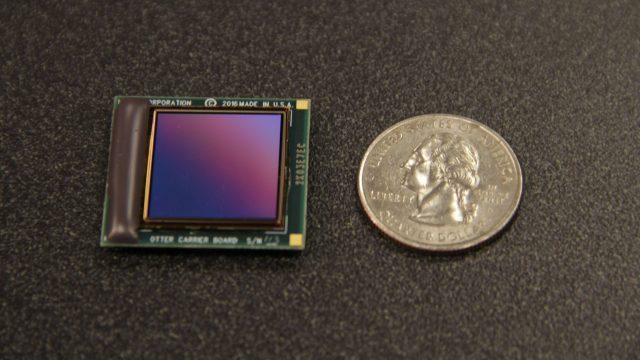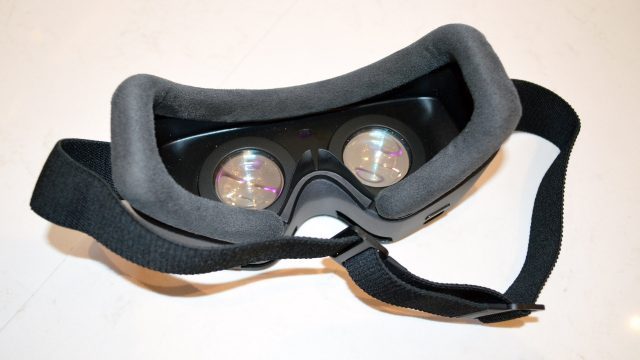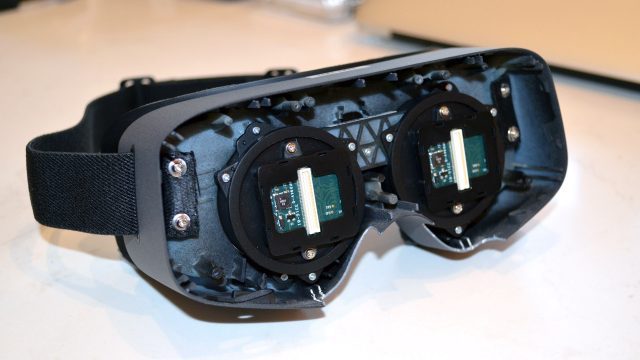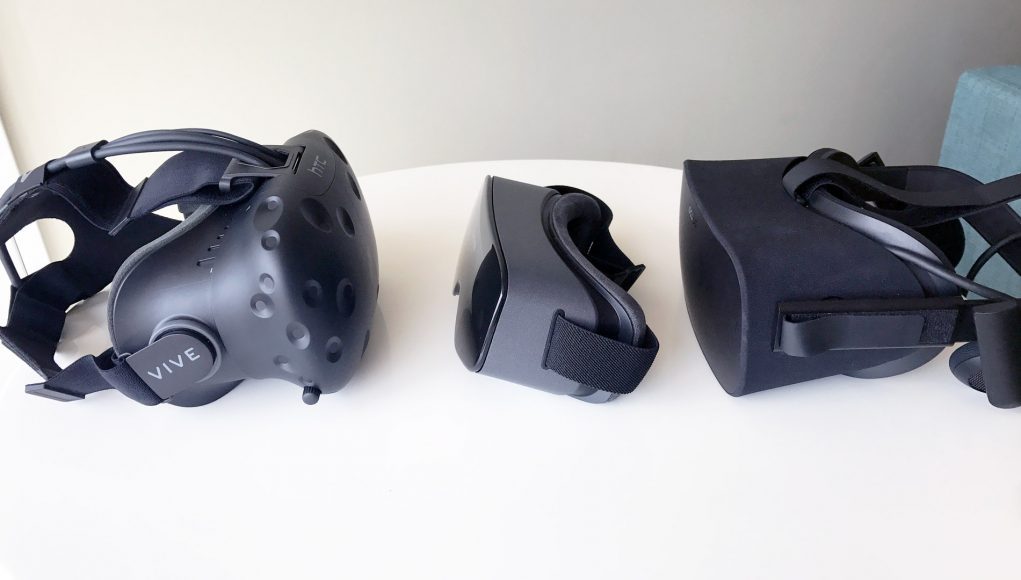Microdisplay Tradeoffs
But the benefits of using a microdisplay don’t come without tradeoffs.
A 2-inch display (for a single eye) is the absolute ideal for VR, says Kopin. Traditional VR displays—like those found today in the Rift and Vive—are limited by how small they can be made. Shrinking them down to 2-inches while keeping them packed full of pixels is the challenge. Meanwhile, microdisplays benefit from having incredibly tiny and dense pixels, but when it comes to VR, the challenge is—counterintuitively—actually making them larger.

The microdisplay manufacturing process is similar to how computer processors are created, which involves etching microscopic structures onto silicon wafers. This process is highly specialized, requires phenomenally expensive equipment, and is only profitable at scale. Because most facilities in the world capable of this sort of manufacturing are set up to make the smallest components possible, it’s non-trivial to manufacture a larger microdisplay without a massive capital investment.
Kopin told me that, because of the diminutive size of the microdisplay, achieving an immersive field of view is one of the challenges that face this display technology; the image needs heavy magnification in order to achieve a wide field of view. They claim their current Lightning display is capable of delivering up to a 110 degree diagonal field of view using a dual-element Fresnel lens. They are also working in conjunction with 3M to develop an even smaller ‘pancake’ optic which they say can achieve a 100 degree field of view.

However, having not seen through the headset yet, it isn’t clear to me how much of a toll this optical transformation has on the resultant image quality, nor the extent or the effectiveness of the counter-distortions necessary to counteract the optics; my impression is that achieving that wide field of view from a microdisplay is not trivial. Kopin seemed to indicate the same, saying that larger displays would likely have an edge in the field of view department compared to microdisplays, at least until microdisplays can be made larger.
To that end, Kopin and partners have made an initial $150 million investment to create a new facility capable of manufacturing a larger and higher resolution version of their VR microdisplay, the company says. This is many years further out into the future, likely after the completion of the new facility, but the company’s roadmap indicates they are aiming for a 1.3-inch 3,072 x 3,072 display followed by a 1.37-inch 4,096 x 4069 display, in due course.

As the displays get larger, however, they succumb to the same optical physics that necessitate the bulk of today’s headsets: an increasing focal length that requires the lens to be further from the display in order for it to focus correctly. Even so, at that size the microdisplay should retain its advantage in pixel density.
So on one hand, you have traditional OLED display makers like Samsung working to shrink their displays, and microdisplay makers like Kopin trying to enlarge their displays. Who will hit the sweet spot first remains to be seen.







